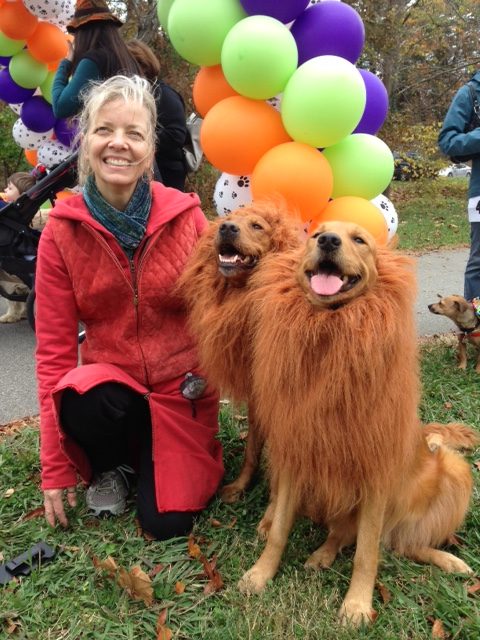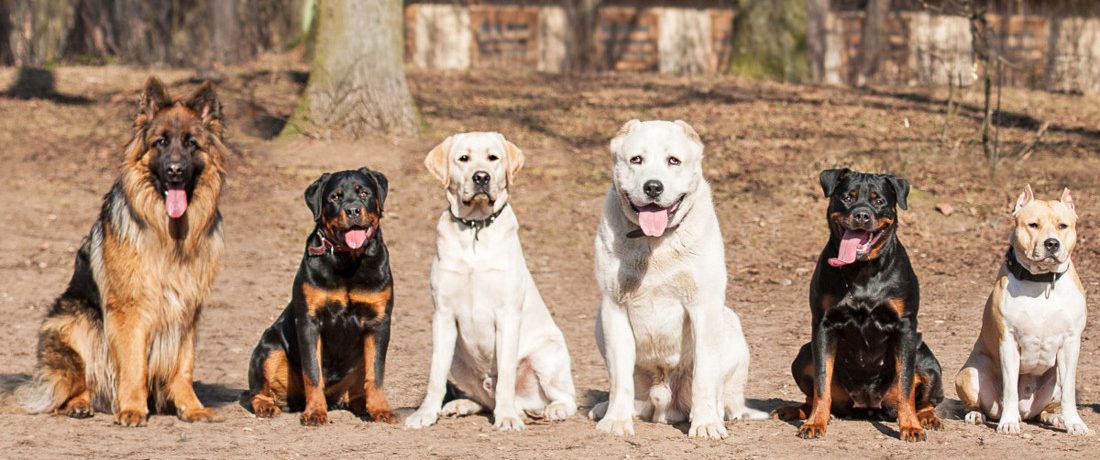Essential Tips for Effective Dog Training: A Guide for Family Pet Owners
Efficient dog training is a complex process that requires a critical method customized to both the pet dog's temperament and the owner's objectives. Key components such as establishing constant commands, utilizing positive reinforcement, and helping with early socialization play vital duties in cultivating a well-adjusted canine friend. Nonetheless, several pet dog proprietors encounter challenges that can hinder progress, leading to disappointment and uncertainty. Understanding how to browse these challenges can substantially enhance the training experience, ultimately changing the connection between proprietor and canine. What are the important strategies that can be used to guarantee success in this endeavor?
Understanding Canine Behavior
Understanding pet actions is vital for effective training and promoting a harmonious relationship between canines and their proprietors. dog training. Dogs interact largely through body language, vocalizations, and activities, making it critical for proprietors to interpret these signals accurately.

Socialization plays a significant duty in pet actions; exposure to various environments, people, and other animals can dramatically impact a pet's temperament. Variables such as type attributes and specific character should assist training techniques, as some types might have details behavioral attributes that demand tailored techniques. By understanding these elements, owners can create a helpful environment that motivates positive habits, resulting in effective training results and a deeper bond with their pet dogs.
Developing Consistent Commands
Effective communication with your dog begins with establishing consistent commands. This fundamental element of training is crucial for cultivating understanding between you and your family pet. Consistency in the commands you make use of ensures that your pet can dependably link certain words or expressions with the desired behaviors.
When choosing commands, pick clear, distinct words that are simple to claim and distinguish from one another. Prevent making use of similar-sounding commands that may puzzle your pet. Utilizing "rest" and "remain" is appropriate, but "sit" and "struck" can lead to misconceptions.
Additionally, maintain the same tone and volume for every command. Pet dogs are delicate to singing signs, so varying your tone can create confusion.
It is just as crucial to make sure that all family participants are on the very same page relating to the commands utilized. A united front in command use will certainly stop mixed signals and enhance the understanding process.
Positive Reinforcement Methods
The power of positive support in pet dog training depends on its capacity to motivate desired habits through incentives and praise. This technique is based in the principle that actions followed by favorable end results are more probable to be duplicated. By incorporating favorable reinforcement right into your training regimen, you can properly shape your pet's habits in a constructive way.
To implement favorable support, it's crucial to determine what encourages your pet dog, whether it be deals with, playthings, or verbal praise. When your canine executes a preferred activity, such as resting on command, promptly reward them with a treat or love. This organization between the command and the favorable end result strengthens their understanding.
It's vital to timing the rewards properly; supplying the support within seconds of the preferred actions aids your canine make the link (dog training). In addition, uniformity is essential-- make sure that all household participants use the exact same commands and benefit systems to stay clear of complication

Gradually, you can decrease the regularity of deals with as your dog finds out the behavior, transitioning to commend or periodic rewards. This technique not just cultivates a solid bond in between you and your dog but likewise promotes a favorable discovering atmosphere, making training a pleasurable experience for both.
Socialization and Communication
Consistently exposing your pet to a variety of environments, people, and other animals is crucial for their social development. Socializing ought to begin early, ideally throughout the important window of 3 to 14 weeks, when pups are most responsive to brand-new experiences. However, older dogs can additionally gain from continuous socializing initiatives.
Present your pet dog to various setups, such as parks, pet-friendly stores, and city areas. This direct exposure helps them adjust to different stimuli, lowering stress and anxiety and concern feedbacks. Motivate favorable interactions with other dogs and individuals, ensuring that these encounters are safe and controlled to cultivate confidence.
Make use of organized playdates with courteous dogs, as this can improve your dog's social skills and instruct them proper habits. Obedience courses and training sessions likewise give outstanding opportunities for socializing, permitting your dog to interact with others in a monitored atmosphere.
Screen your dog's body movement throughout interactions, as this will help you determine their convenience level. Progressively enhance exposure to discover this info here more tough circumstances while ensuring that each experience is favorable. A well-socialized pet dog is most likely to exhibit balanced habits, making them a joy to have in any setup.
Addressing Typical Training Difficulties
Every pet dog proprietor will certainly encounter training challenges at some factor, regardless of their pet dog's age or socialization degree. Identifying typical concerns such as stubbornness, disturbances, and fearfulness can assist in developing effective methods for improvement.

Gradually introduce interruptions as the pet dog comes to be much more efficient in commands. Short, regular training sessions are additionally efficient in maintaining focus.
Fearfulness can prevent a pet's understanding process. Gradual desensitization to the source of anxiety, combined with favorable reinforcement, can help relieve anxiousness. Perseverance is critical; never ever compel a pet dog right into a scenario that creates distress, as this may intensify the issue.
Eventually, understanding and addressing these typical difficulties with a structured strategy will promote a more productive training experience, strengthening the bond between canine and proprietor while advertising effective discovering.
Verdict
In recap, successful dog training depends on a thorough understanding of canine actions, the facility of constant commands, and the application of favorable support strategies. Socialization plays a critical function in establishing well-adjusted animals, while addressing usual training difficulties calls for patience and adaptability. By carrying out these crucial methods, pet proprietors can promote a strong bond with their pets and promote preferable actions, eventually bring about an unified connection between human beings and their canine friends.
Comprehending canine behavior is necessary for effective training and promoting a harmonious relationship between pooches and their owners.Socializing plays a considerable role in pet dog habits; direct exposure to various environments, individuals, and various other pets can substantially affect a read this canine's character.The power view website of favorable support in pet training exists in its capacity to urge wanted behaviors through incentives and praise. By integrating favorable support into your training routine, you can effectively shape your canine's behavior in a useful way.
In summary, effective canine training relies on a detailed understanding of canine actions, the facility of consistent commands, and the application of favorable support methods.